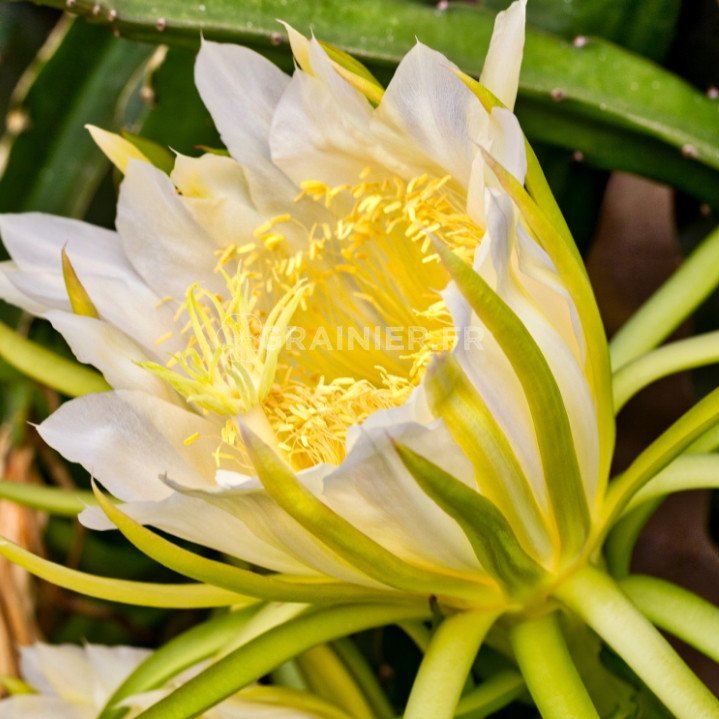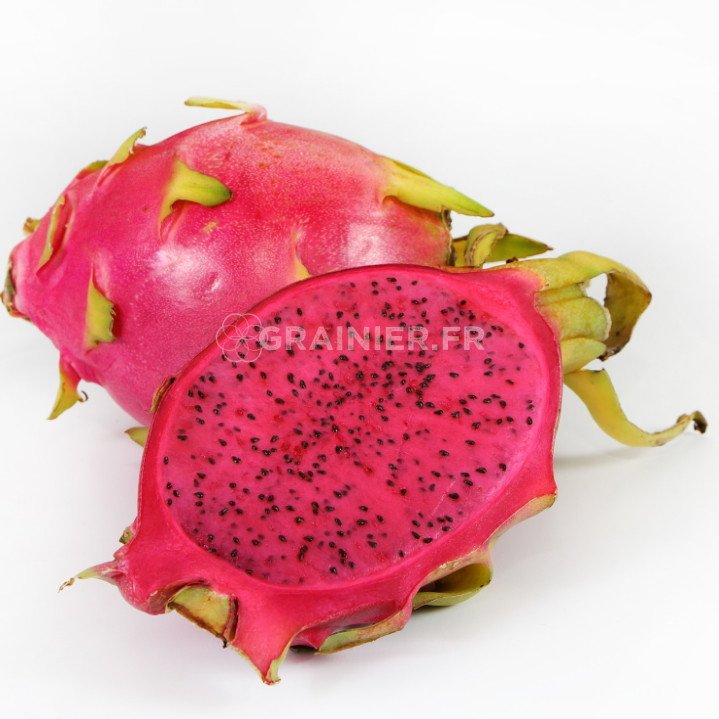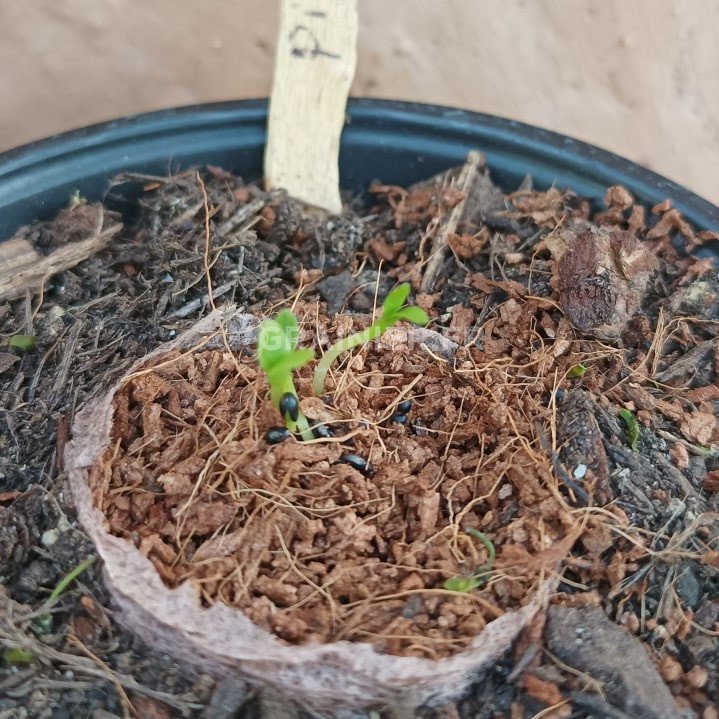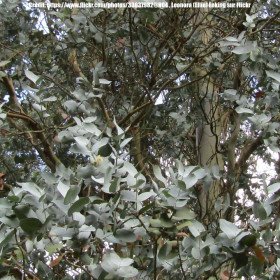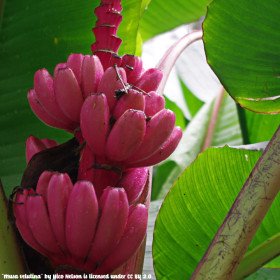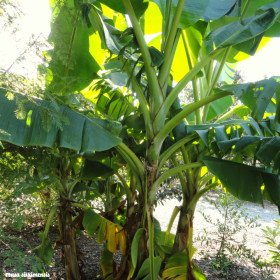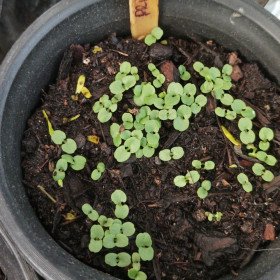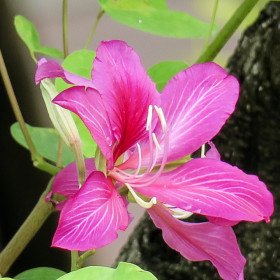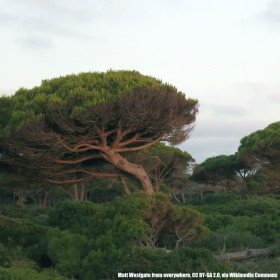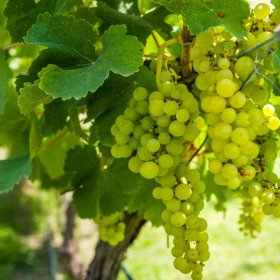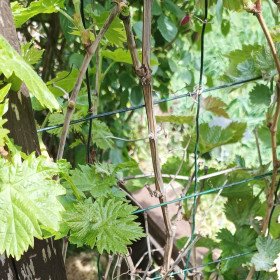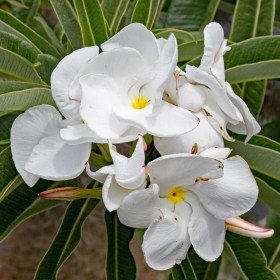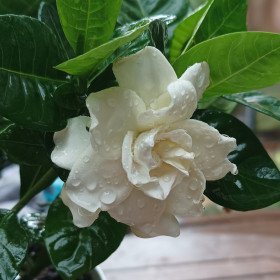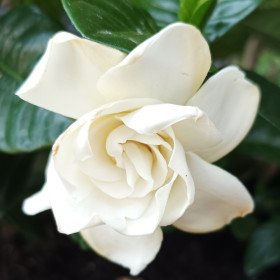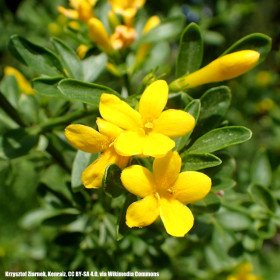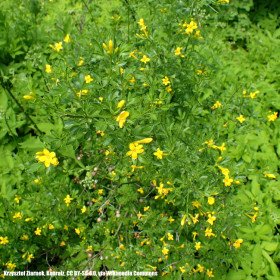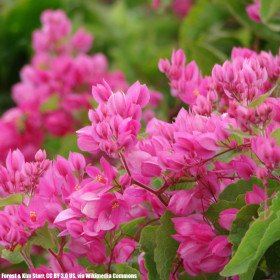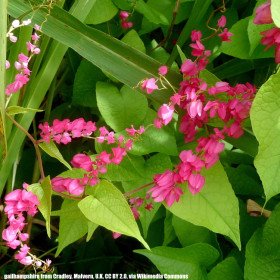20 Graines Pitaya, fruit du dragon, Hylocereus Undatus
20 Graines Pitaya, fruit du dragon, Hylocereus Undatus
- Modèle : 20 Graines Pitaya, fruit du dragon, Hylocereus Undatus
- Disponibilité : INDISPONIBLE
- 1,50€
Me contacter dès que le produit est disponible
Pitaya Blanc et Rouge, fruit du dragon, Hylocereus Undatus |
Hylocereus undatus, communément connu sous le nom de pitaya blanche ou fruit du dragon blanc, est une plante grimpante de la famille des Cactaceae
20 graines
photo 2 : germination en 4 jours en serre 25-30 °C
Description : Hylocereus undatus est une plante grimpante originaire d'Amérique centrale, mais elle est maintenant largement cultivée dans les régions tropicales du monde entier. Elle possède des tiges succulentes, rampantes ou grimpantes, avec de nombreuses épines sur les bords des tiges. Les fleurs sont grandes, parfumées et nocturnes, elles s'ouvrent généralement la nuit. Les fruits sont ovales et charnus, avec une peau rose-rougeâtre couverte d'écailles et une chair blanche à l'intérieur, d'où son nom commun de "fruit du dragon blanc".
Utilisation : Hylocereus undatus est principalement cultivé pour ses fruits, les pitayas. Les fruits sont juteux, sucrés et légèrement acidulés, ce qui les rend délicieux à déguster frais, coupés en cubes ou en tranches, ou utilisés dans des smoothies, des salades de fruits, des glaces et d'autres desserts. Les fleurs de la plante sont également comestibles et peuvent être utilisées pour décorer des plats.
Symbolique : En tant que plante grimpante aux fleurs nocturnes et aux fruits exotiques, Hylocereus undatus peut être associé à la beauté mystérieuse de la nature. Les pitayas, avec leur couleur vive et leur goût délicieux, symbolisent également la vitalité et la joie.
Semis des graines : Voici les étapes détaillées pour le semis des graines d'Hylocereus undatus :
Préparation des graines : Les graines de pitaya peuvent être récupérées à partir des fruits mûrs et lavées pour enlever la pulpe. Séchez-les ensuite sur du papier absorbant.
Choix du sol : Utilisez un mélange de terreau et de sable bien drainé pour semer les graines. Assurez-vous que le sol est léger et aéré.
Semis : Placez les graines sur le sol et recouvrez-les légèrement de terreau. Maintenez le sol légèrement humide mais évitez l'excès d'eau.
Chaleur et humidité : Hylocereus undatus préfère les températures chaudes, donc assurez-vous de garder le sol à une température d'environ 25 à 30 degrés Celsius. Vous pouvez également recouvrir le pot de semis d'un film plastique pour maintenir une humidité élevée.
Germination : Les graines devraient germer en quelques semaines. Une fois que les jeunes plants ont quelques feuilles, vous pouvez les transplanter dans des pots individuels.
Exposition au soleil : Placez les jeunes plants dans un endroit ensoleillé ou partiellement ombragé, en leur fournissant suffisamment de lumière pour une croissance saine.
En conclusion, Hylocereus undatus est une plante grimpante aux fleurs nocturnes et aux fruits succulents, largement appréciée pour ses pitayas. Elle peut être cultivée à partir de graines en suivant les étapes de semis détaillées. En plus de sa valeur ornementale, cette plante offre une source de délices culinaires et symbolise la beauté et la vitalité de la nature.
Etiquettes : pitaya, blanc, rouge, fruit, dragon, hylocereus, undatus, GRAINES DE FLEURS & ARBRES Pitaya Blanc et Rouge, fruit du dragon, Hylocereus Undatus, Exotiques & Rares Pitaya Blanc et Rouge, fruit du dragon, Hylocereus Undatus, Arbustes & plantes grimpantes Pitaya Blanc et Rouge, fruit du dragon, Hylocereus Undatus, Arbres & Bonsaï Pitaya Blanc et Rouge, fruit du dragon, Hylocereus Undatus, Pitaya Blanc et Rouge, fruit du dragon, Hylocereus Undatus GRAINES DE FLEURS & ARBRES, Pitaya Blanc et Rouge, fruit du dragon, Hylocereus Undatus Exotiques & Rares, Pitaya Blanc et Rouge, fruit du dragon, Hylocereus Undatus Arbustes & plantes grimpantes, Pitaya Blanc et Rouge, fruit du dragon, Hylocereus Undatus Arbres & Bonsaï


